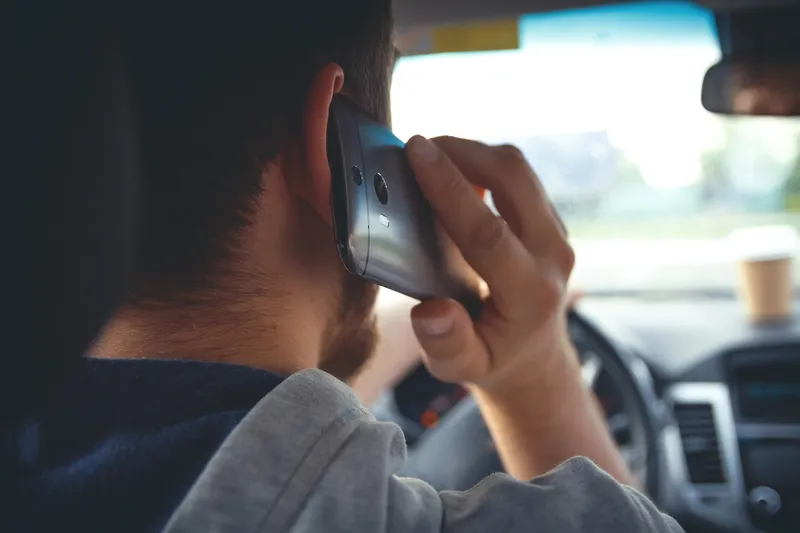
Hands-free cellphone laws were passed in the US states of Ohio, Michigan, and Alabama in 2023, making it illegal to hold a phone while driving there. It’s relatively early days but Cambridge Mobile Telematics (CMT) has analysed the statistics to see whether drivers are taking any notice.
The company measures what it calls “phone motion distraction”, which happens when the phone screen is on and the phone is moving, indicating that the driver has it in their hand and therefore cannot be fully concentrated on the road ahead. The results are interesting: while CMT says that distracted driving is down in Ohio and Michigan – and more than 3,800 crashes have been prevented with new laws – it has actually increased in Alabama (see Look – no hands! below).
In some ways this fits a pattern: the company analysed another eight states that introduced hands-free legislation from 2018-21, and found that the average reduction in distraction was 13% in the first three months after the laws were introduced. However, by the end of 2022, distraction was up by 3% in these states compared to the month before the law.
"Every 10% increase in distracted driving raises the crash rate by 1.4%"
This is highly significant because CMT’s research suggests that every 10% increase in distracted driving raises the crash rate by 1.4%. This comes at a human and financial cost. NHTSA’s The Economic and Societal Impact of Motor Vehicle Crashes from 2019 shows $340 billion in crash damages from 14.2 million crashes that year, averaging $23,954 per crash.
CMT says that, while distracted driving in Alabama fell slightly in the first month, it rose after that until, by month three, it was actually higher than before the law. Interestingly, a relative lack of media coverage may have been a factor. In Ohio, there were over 130 stories published about the initial drop in distracted driving and the prevention of crashes, while state governor Mike Dewine also tweeted about the results. In Michigan, CMT says, there were more than 20 articles about the hands-free bill performance after the first month. By stark contrast, it found one article in Alabama.
Despite this, any reduction in distraction levels is welcome: CMT estimates that, in the first month, Alabama was able to prevent 70% of crashes and $1.6 million in economic damages. “While the long-term performance in Alabama isn’t in line with Ohio and Michigan, these results show that even small improvements help reduce road risk and crashes,” CMT says.
___________________________________________________________________________________________________________________________________________________________
Look – no hands!
Ohio
• Start date: 4 April, 2023
• Distraction 1 month before law: 1 minute and 39 seconds
• Average distraction after law: 1 minute and 32 seconds
• Overall distraction change: 7.5% reduction
• Crashes prevented: 2,200
• Fatalities prevented: 6
• Economic damage prevented: $54 million
Michigan
• Start date: 30 June, 2023
• Distraction 1 month before law: 1:48
• Average distraction after law: 1:34
• Overall distraction change: 12.7% reduction
• Crashes prevented: 1,600
• Fatalities prevented: 4
• Economic damage prevented: $38 million
Alabama
• Start date: 16 June, 2023
• Distraction 1 month before law: 2:05
• Average distraction after law: 2:05
• Overall distraction change: 0.3% increase
• Crashes prevented: 70
• Economic damage prevented: $1.6 million
Source: www.cmtelematics.com









